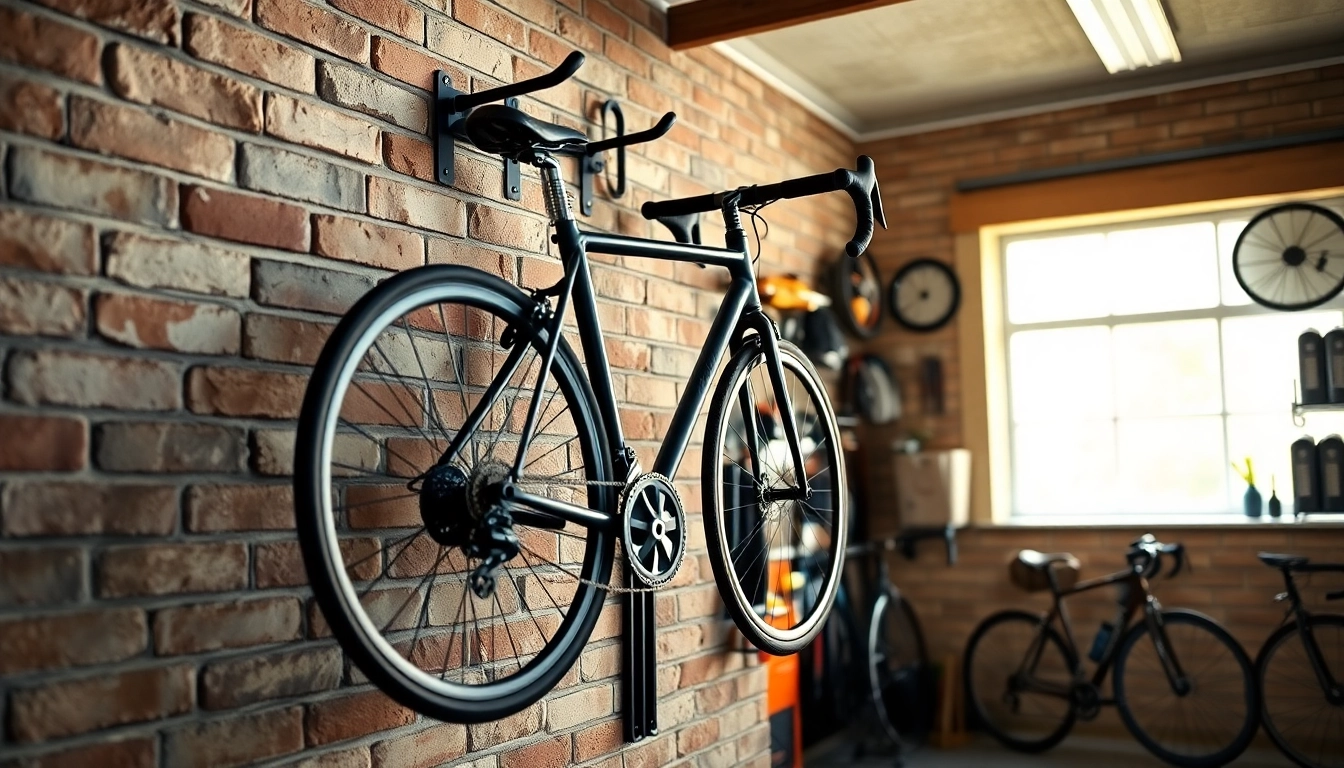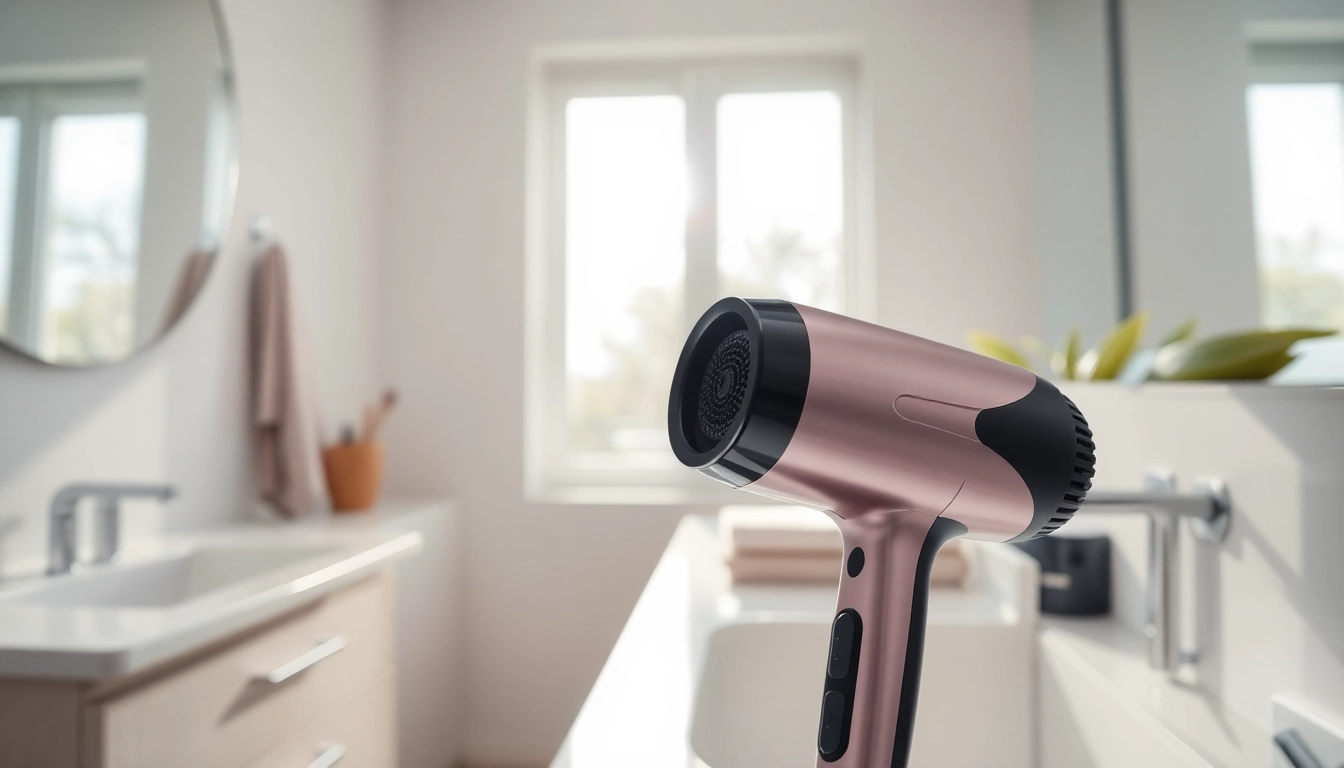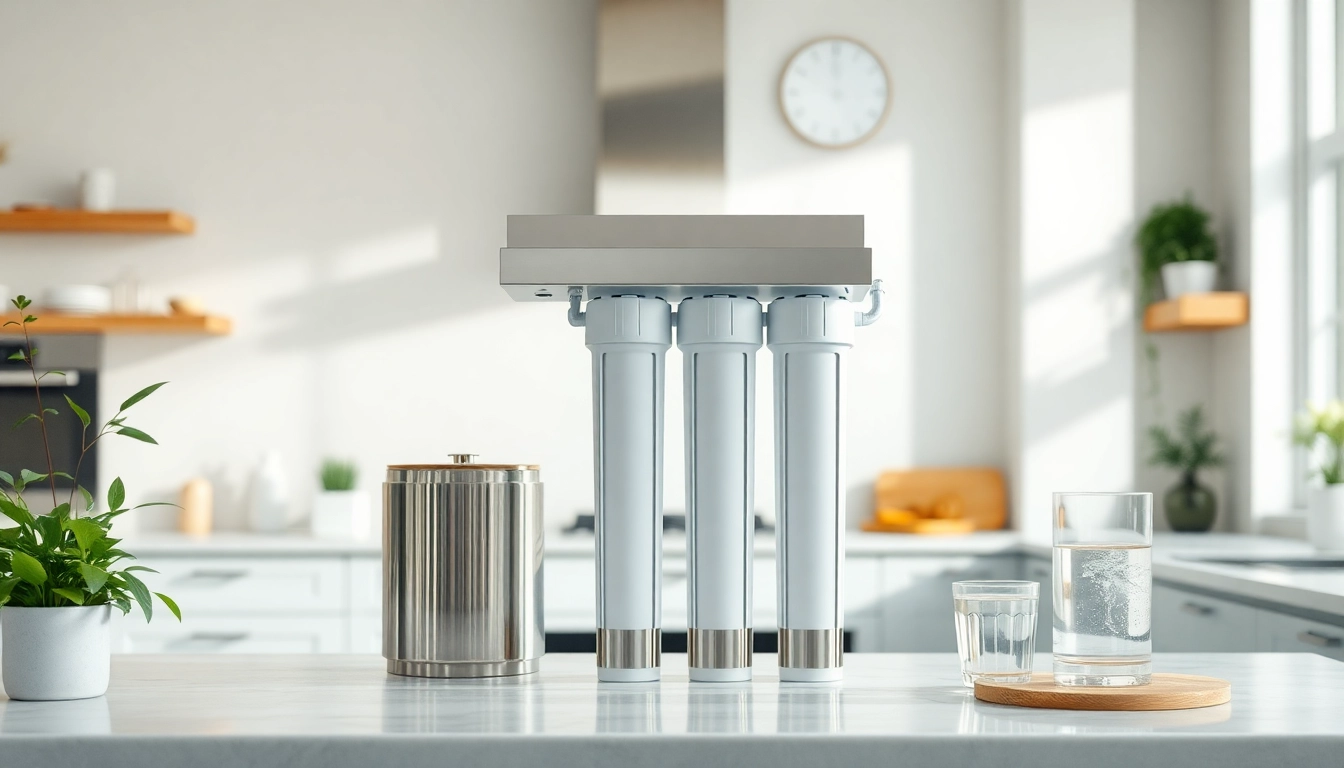Understanding AC Functionality
How Air Conditioning Works
Air conditioning systems are designed to control the temperature, humidity, and air quality of indoor spaces. They utilize a refrigeration cycle to provide cooling by transferring heat from inside the building to the outdoors, thus making the indoor environment more comfortable. The process begins when the thermostat detects the indoor temperature rising above the set point. It then signals the air conditioner to start operating.
Basic Components of AC Systems
An air conditioning system consists of several key components, including:
- Compressor: This is the heart of the AC system, responsible for circulating the refrigerant and compressing it to increase its pressure and temperature.
- Condenser: Located outside, this unit releases heat absorbed from the indoor air into the outdoor environment, cooling the refrigerant before it returns to the evaporator.
- Evaporator Coil: Found inside the home, this coil absorbs heat from the indoor air, allowing the refrigerant to evaporate and cool the air.
- Expansion Valve: This component regulates the flow of refrigerant into the evaporator, ensuring that it operates efficiently.
- Air Handler: This part circulates the cooled air throughout the home using a fan.
Signs Your AC Needs Attention
Recognizing potential issues with your air conditioning system can help prevent costly repairs and ensure optimal performance:
- Inconsistent cooling throughout the home.
- Increased energy bills without a corresponding change in usage.
- Noisy operation, including hissing, buzzing, or rattling noises.
- Foul odors emanating from the unit.
- Visible signs of damage or wear, such as rust or corrosion.
Common Reasons for AC Blowing but Not Cold
Low Refrigerant Levels
One of the most common culprits behind an air conditioner blowing air that isn’t cold is low refrigerant levels. Refrigerant is a fluid that absorbs and releases heat from the indoor and outdoor environments. When levels drop, often due to leaks, the system can struggle to cool effectively. Signs of low refrigerant include:
- Hissing or bubbling noises near refrigerant lines.
- Frost or ice buildup on the evaporator coils.
- Inconsistent cooling despite the system running continuously.
Dirty or Clogged Filters
Air filters play a crucial role in maintaining airflow throughout your air conditioning system. Dirty or clogged filters can restrict airflow, forcing the AC to work harder and reducing its efficiency. Replacing or cleaning filters regularly is essential for optimal performance. Here’s what to look for:
- Dust and debris visible on the filter surface.
- Increased dust accumulation in your home.
- Strained airflow from the system’s vents.
Thermostat Malfunctions
The thermostat serves as the control center for the air conditioning system. If it malfunctions, it might cause the AC to blow air that isn’t cold. Common issues include incorrect calibration, alignment, or power problems. Regularly check and maintain your thermostat settings, ensuring they are correct. Signs of thermostat issues include:
- The AC running when the thermostat is set to off.
- Air temperature not matching the setting on the thermostat.
- Inconsistent operation or responsiveness to temperature changes.
Troubleshooting Your AC Issues
Step-by-Step Guide to Diagnose
If your air conditioning system is blowing air but not cold, follow these troubleshooting steps:
- Check the thermostat settings to ensure it’s accurately set to cooling mode and the desired temperature.
- Inspect the air filters for dirt and debris and replace them if necessary.
- Look for any visible signs of ice on the evaporator coils or refrigerant lines.
- Examine the outdoor unit for obstructions such as leaves, dirt, or debris that may be affecting heat dispersion.
- Listen for unusual noises from the compressor, which could indicate an internal issue or failure.
- Make sure the vents inside your home are open and unblocked to allow for proper airflow.
Tools You’ll Need for Troubleshooting
To effectively troubleshoot an air conditioning issue, you’ll need a few essential tools:
- A screwdriver to access the AC unit components.
- A multimeter to check electrical connections and ensure power is being supplied correctly.
- Manifold gauges to measure the pressure of refrigerant within the system, which can help identify leaks.
- A vacuum cleaner or blower to remove debris from filters and vents.
- Thermometers to measure air temperature at various points in your system.
When to Call a Professional
While troubleshooting is important, certain situations warrant professional attention:
- If the system continues to malfunction after you’ve checked the common issues.
- If you suspect a refrigerant leak, which requires specialized skills and equipment to repair.
- If you encounter electrical issues or need to replace major components such as the compressor or capacitor.
Preventive Maintenance for Optimal Performance
Regular Cleaning and Filter Changes
To keep your AC running efficiently, it’s essential to schedule regular cleanings and filter changes. Aim to clean or replace filters every 1-3 months, depending on usage and dust accumulation. Additionally, an overall cleaning of the AC system, including the evaporator and condenser coils, is recommended at least once a year. This can prevent buildup that hinders performance.
Maintaining Proper Coolant Levels
Monitoring refrigerant levels is critical for the efficient operation of your air conditioning system. Make a habit of checking for signs of leaks or drops in refrigerant levels, and ensure that top-ups are performed as needed by a certified technician. Proper refrigerant levels contribute to both efficiency and longevity of the system.
Annual HVAC Inspections
Investing in annual HVAC inspections can catch minor issues before they escalate into larger, costlier problems. These inspections typically include checks for refrigerant levels, inspection of electrical connections, cleaning of components, and efficiency testing. Schedule these inspections before the cooling season begins to prepare your system for peak performance.
Conclusion and Next Steps
Recap of Common Causes
In summary, the most prevalent reasons behind an AC blowing but not cold air involve low refrigerant levels, dirty filters, and thermostat malfunctions. Identifying these issues early on can save you from more significant discomfort and expenses down the road.
Importance of Timely Repairs
Taking prompt action when you notice inconsistencies in your air conditioning system is vital. Prolonging repairs can lead to more significant damage, inefficiencies, and a decreased lifespan of your unit. Ensure that you take the necessary steps to diagnose issues early and seek professional assistance as needed.
Resources for AC Repair Services
For professional assistance regarding AC repairs when you encounter issues such as an ac blowing but not cold, Texas Pride Heating and Air offers expert services that can restore comfort to your home efficiently. It’s advisable to seek qualified technicians to ensure the safety and effectiveness of your HVAC system repairs.















Leave a Reply